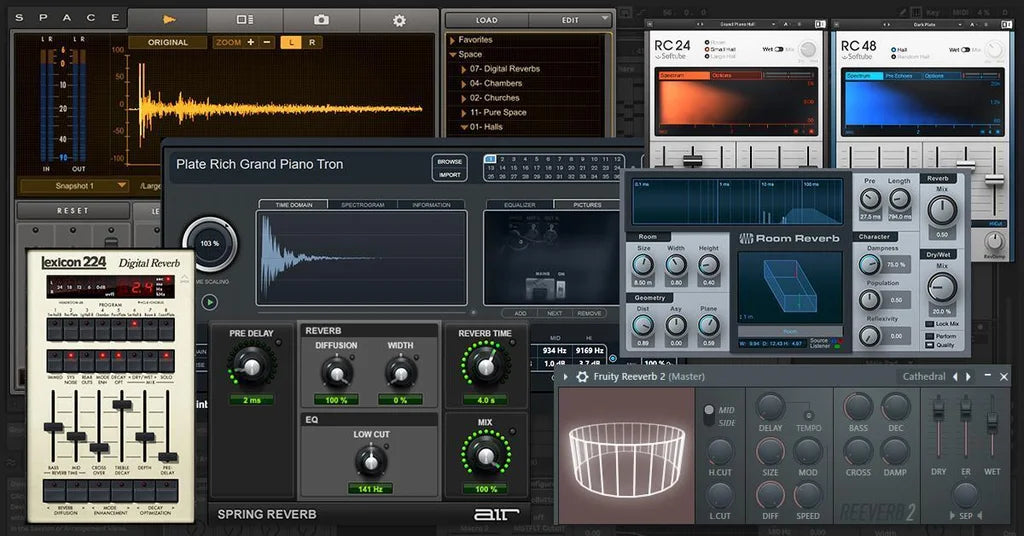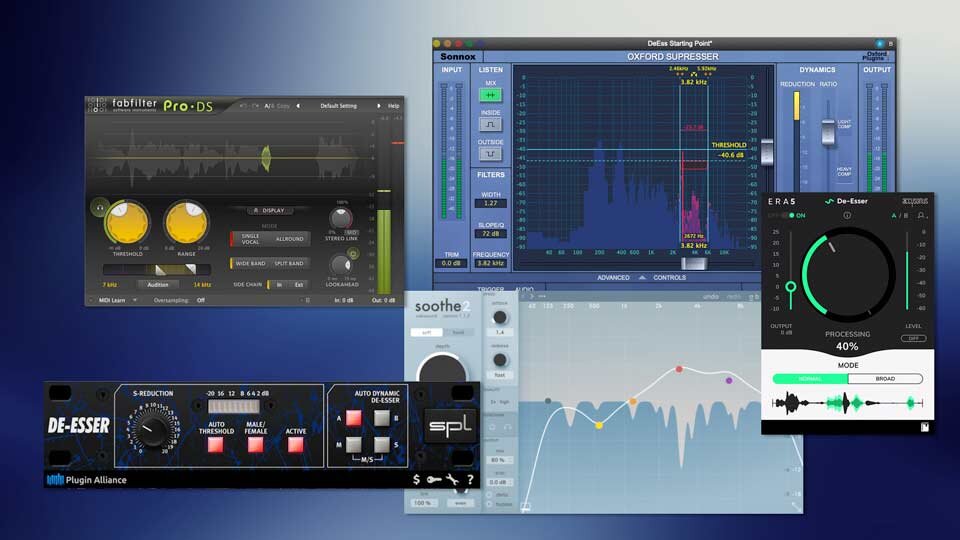There’s a lot of reasons to add a sub to your system.
If you’re mixing, it can fill out the bottom end so you know what’s going on sub-harmonically, and it can be fun to feel your music while making it.
On the listening side, pretty much any movie watching experience will be better with a sub, and hip hop without a sub is just hop (dad joke alert).
That said, these aren't plug and play if you want accuracy. You need to dial in the crossover frequency, placement and volume level, or your whole system can be out of balance.
Crossovers
First, let’s define what a crossover is. If you’re familiar with mixing, you’re likely familiar with equalization and frequencies. A crossover is basically the frequency where the signal is split to different drivers in a playback system. So, in a two way powered studio monitor like the Frontier Studio Monitor, it’s going to have a built-in crossover in the preamp stage, where all frequencies below 3kHz will go to the woofer, and everything above to the tweeter (Different systems have different crossovers tailored to their drivers.). There are also slopes built in, so it’s more of a crossfade than a hard cutoff, but you get the point. In a Hi-Fi passive speaker, this will also happen, but at speaker level voltage.
Subwoofer Crossovers
A subwoofer is a bit different, because a sub’s crossover does a couple of things. First of all, it’s basically a low pass filter to the driver in the sub. As in, you’ll feed your sub full range audio, and it will only let the low frequencies below the setting pass to the woofer, so the driver isn’t trying to play full range audio it’s not really designed or able to (it will distort like crazy if it tries).
The second thing, is professional and most good consumer subs have a high pass filter pass through, where it will pass through only frequencies above the set point. So, if your monitors are wired in series behind your sub, as in, from source to sub, then sub to full range monitors, if your sub is set to 80Hz (the THX standard), your sub will play everything below 80Hz, and your mains will play everything above that.
Why would you want to set things up like that? Studio monitors are designed to play full range audio, and multiple drivers in the system (your speakers) are designed to work with each other to be as flat and as accurate as possible with each other within the same system, not accounting for additional drivers. Subwoofers are designed to put out as much low frequency energy as possible without distortion, usually not giving much thought to what’s going to be playing the higher frequencies, unless it’s part of a dedicated monitor system like a 2.1, 5.1, 8.1 etc. Because of that, you don’t want your mains and subs playing the same low frequencies, or it’s going to be a mess. Now, if you just want to thump and rattle, this may work for you, but if you want to mix, it will not.
Crossover Frequency, Level & Placement
As mentioned above, 80Hz is the standard THX frequency that many subs default to. This is not arbitrary, this is the threshold where we can no longer localize where bass is coming from. High frequencies are very directional, low frequencies aren’t–you’ll know there’s a T-Rex nearby by the thump, but you won’t know where it is until it roars (at least that’s how Jurassic Park plays it). If you’re pairing your sub with full range monitors that go down to 40-50Hz, 80Hz is a good place to start (with caveats). If you’re pairing with smaller satellites, you’re going to want to set the point at wherever they start to roll off. That said, this is just a baseline, many manufacturers have their own suggestions.
You’re also going to want to match the volume of your sub to that of your studio monitors, which we’ll cover below in the calibration section.
Now the caveats. Your room, and the size of your room is going to play a part in where you set your frequency. The biggest thing you’re going to need to be aware of is your room's Axial Modes, which is just a fancy way of saying your room is going to wreak havoc with the frequencies that correspond with your room’s major X,Y and Z dimensions. For example, an 80Hz wavelength is about 14’ long, so if your room is 14’ long, you’re probably not going to want your crossover sitting there, you may want to go a bit lower.
Also, where you put your sub is going to change how much bass it will put in the room. If you put it in a corner, we can almost guarantee that it will be louder and boomy sounding. Ideally it goes in between your mains, time aligned, or put another way, with the back of the woofer (the actual driver) on the same plane as your mains. The Frontier is time aligned due to its coaxial design, so the back of your subwoofers driver should be on the same plane as the drivers in Frontier, this will limit phase cancellation.
Calibration
Once you set your EQ based on either your room, manufacturer’s recommendations, or the loudest voice on a forum, you’re going to need to calibrate the sub to the same level of your monitors (if you have not calibrated them, click here). Since you should already know what level they’re calibrated at, it’s just a matter of doing the same thing with your sub.
To do this, put an SPL meter at your mix position, turn on your sub at its lowest volume setting (leave your mains off), play pink noise through it, and turn it up until it matches the calibrated level of your mains. Voila.
Conclusions
There are a lot of caveats to integrating a sub into your system, but knowing the basics should take much of the mystery out of it when deciding whose advice to follow.



